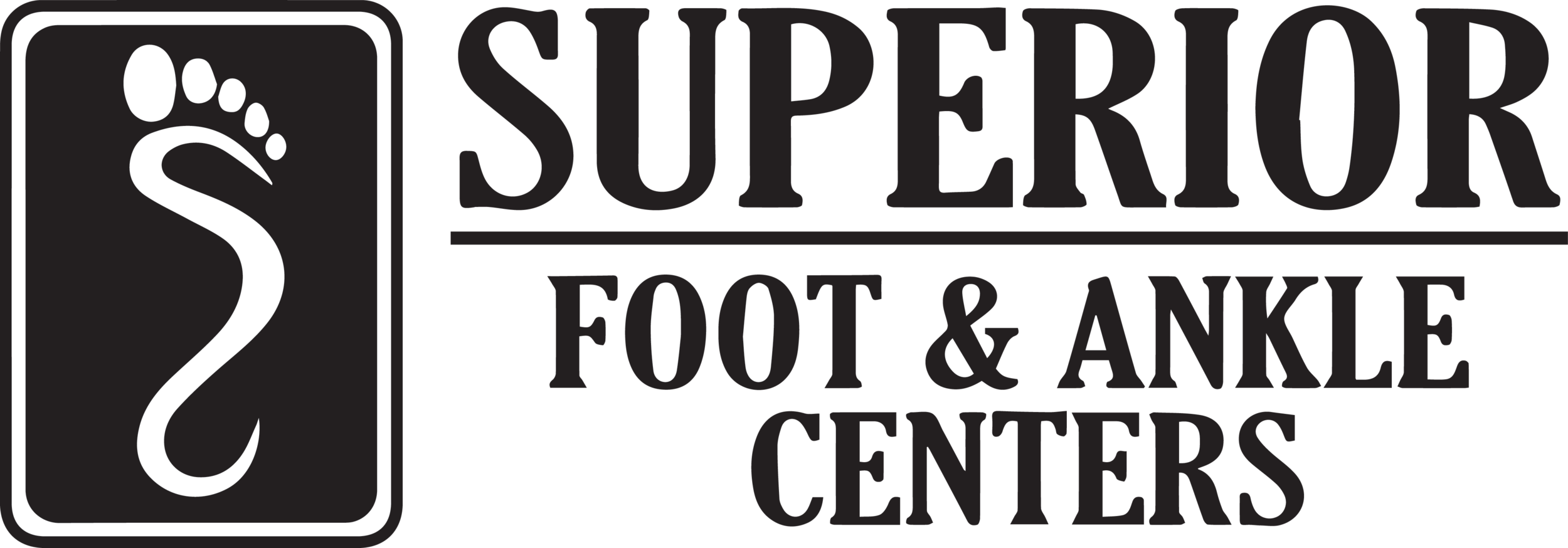FOOT PAIN NOT NECESSARY
Foot pain is not normal. When feet hurt, there is a reason, be it a structural or functional abnormality. The most common foot complaint is heel pain, an incredibly common condition. Heel pain is generally due to plantar fasciitis, whereby the ligament supporting the arch becomes the source of pain. Many situations can lead to it like an injury, a flattened arch structure, and many others. Because so many reasons exist as to why someone develops plantar fasciitis, a “one size fits all” approach usually doesn’t provide lasting relief.
If home measures do not produce relief, see a professional like Dr. McLean who will make a detailed assessment of foot and leg anatomy, alignment and function. You need to find out the root of the problem to obtain resolution of your heel pain. If there is acute inflammation, reducing these levels is an important task in order to resolve acute pain. One of the most effective methods is a steroid injection.
A common reason for heel pain is a tight Achilles tendon, the thick band you can feel behind the ankle. A tight Achilles pulls upward excessively on the heel bone, causing increased tension on the arch ligament. So a common recommendation is to stretch this tendon. But the Achilles will lengthen only if subjected to prolonged stretching, best achieved with a device specifically designed for this exact goal.
A simple, pre-fabricated arch support, placed inside the shoe, may reduce some of the strain on the fascia, but they often provide only partial and temporary relief. The most common solution to heel pain is a custom, prescription foot orthotic. A properly prescribed pair of orthotics are able to provide biomechanical control of foot mechanics, thus relieving tension on the fascia, but the fitting and prescribing of these therapeutic devices is a complex task. They won’t be comfortable if it isn’t performed appropriately. Dr. McLean excels at the prescribing of foot orthotics, using the most exacting, effective techniques. In his hands, they are a powerful and reliable method of resolving foot pain.
Sufferers are often sent to physical therapy, aimed at reducing inflammation and stretching appropriate structures. Physical therapy is time-consuming, but it can be helpful.
When conservative methods provide insufficient relief, surgery is option. Removal of any bone spurring is ineffective and causes more trauma than necessary. Cutting of part of the fascia, the older technique, leads to a high rate of complications since the plantar fascia is an important structure. A newer approach entails the removal of diseased tissue from the fascia employing ultrasonic or radiowave energy without cutting through it. These modalities can be applied through tiny incisions minimizing that source of potential complications.
The latest method of treatment is extracorporeal shockwave therapy (ESWT). It is non-invasive and causes no side effects. Most importantly, multiple studies have shown an excellent success rate. Generally, three to five treatments provides the lasting relief of heel pain, with no down time needed.
Foot pain due to a sore heel can be resolved. If simple home measures don’t take care of it, it is likely time to see a specialist. But living with the pain is not an acceptable solution. Chronic discomfort with weight bearing typically leads to changes in gait, eventually resulting in pain from some other area. Just as important, pain when walking will cause the afflicted to walk less. This will have ramifications to heart health, circulation, and reduced quality of life. You should get help from Dr. McLean at Superior Foot and Ankle Centers if home remedies don’t take care of your heel pain. But don’t live with foot pain: deal with it and walk pain-free!
By Dr. Conway McLean, DABFAS, FAPWHc, FAMIFAS
